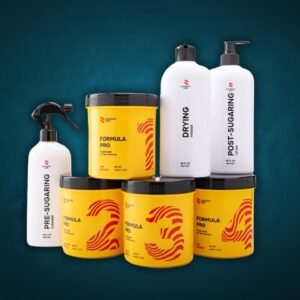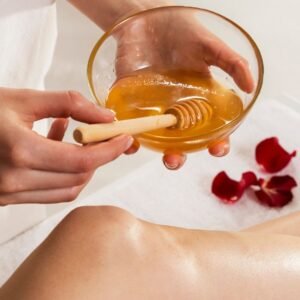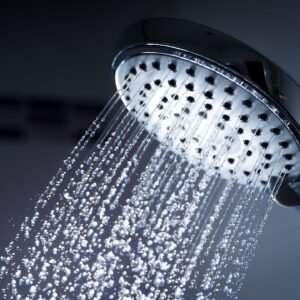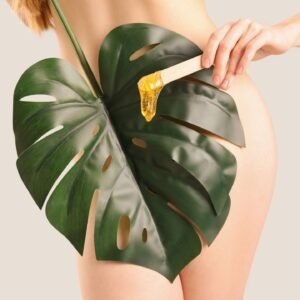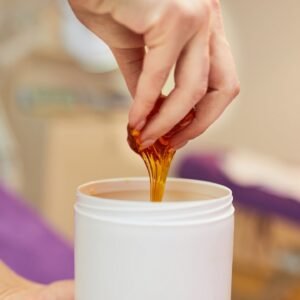Why Sugaring Paste Have Different Colors: What Color Should Sugar Wax Be?
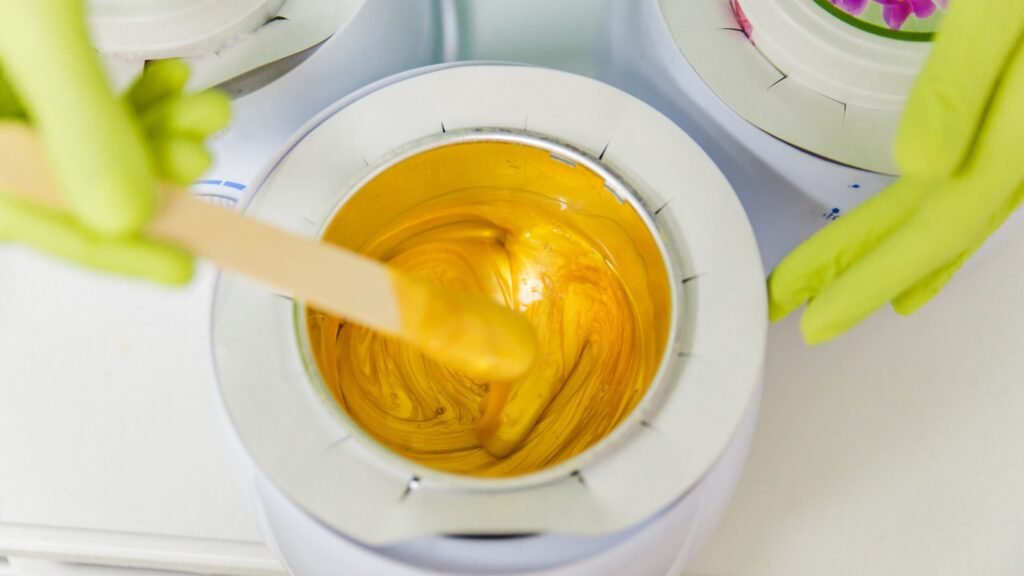
If you’ve ever wondered why sugaring pastes come in such a wide variety of colors, you’re not alone. Whether it’s the dark caramel hue or the light golden shade, the color of sugaring paste can tell you a lot about the ingredients and the formula used to create it. So, what color should sugar wax be? The answer is, it depends! Let’s dive into the factors that contribute to the different colors and how they affect your sugaring experience.
Table of Contents
- The Influence of Sugar Type
- Other Ingredients That Affect Color
- What Color Should Sugar Wax Be for Softness?
- The Role of Thickening Agents
- Frequently Asked Questions
- What color should sugar wax be?
- Does the type of sugar affect the color?
- Can other ingredients change the color?
- Why does sugar wax sometimes darken over time?
- Is color an indicator of quality?
The Influence of Sugar Type
The color of sugaring paste is primarily influenced by the type of sugar used. Organic unrefined sugar, which is rich in molasses, naturally results in a darker, caramel-like color. This type of sugar gives the paste a more intense hue due to the presence of natural molasses. On the other hand, refined white sugar creates a much lighter paste, ranging from pale golden to almost transparent in appearance. So, when you’re wondering what color should sugar wax be, remember that it’s largely determined by the sugar’s refinement level.
Other Ingredients That Affect Color
In addition to the sugar type, other ingredients play a role in shaping the color of the paste. The amount of fructose and glucose used in the formula can affect both the consistency and the color. Some pastes use specialized fructose-only formulas, which may result in a lighter or more translucent paste compared to others. The presence of lemon juice or citric acid also impacts the color. While low concentrations of these ingredients are used to break down sucrose into simpler sugars, formulas with higher levels of lemon juice or citric acid can lead to softer, more elastic pastes. These pastes tend to oxidize faster, which can cause a slight darkening of the color over time.
What Color Should Sugar Wax Be for Softness?
If you prefer a paste that’s softer and more elastic, you might encounter slightly darker shades as the paste oxidizes during use. If you want a more neutral or consistent color, lighter formulas with less citric acid are ideal. But color isn’t just about functionality—some brands add cosmetic-grade colors or even fragrances to enhance the user experience. These additives can give your sugaring paste a unique and pleasant appearance, making it feel like a luxurious treatment.
The Role of Thickening Agents
Another factor influencing color is the presence of thickening agents like gum arabic, which are added to some formulas to achieve the desired texture. These agents can slightly alter the shade of the paste, especially if they interact with other ingredients in the formula. These subtle variations in color and texture are part of what makes each sugaring paste unique and tailored to specific needs.
Ultimately, the color of sugaring paste is a result of the ingredients used and the formulation process. The combination of sugars, acids, and additional ingredients creates a range of pastes that vary in appearance and performance. Whether you are a professional looking for the best paste for your clients or someone experimenting with at-home hair removal, knowing what color should sugar wax be can help you understand what you’re working with.
Frequently Asked Questions
What color should sugar wax be?
Sugar wax color can vary from dark caramel to light golden, depending on the type of sugar and other ingredients used. Darker pastes often use unrefined sugar, while lighter pastes use refined sugar. The color can also hint at how soft or elastic the paste might be. For instance, darker shades may result from formulas with higher citric acid levels, which create a softer, more pliable consistency.
Does the type of sugar affect the color?
Yes, the type of sugar plays a significant role in determining the paste’s color. Organic unrefined sugar, rich in molasses, gives the paste a deep caramel hue. Refined white sugar creates a lighter paste, with colors ranging from pale gold to nearly transparent. This difference is due to the varying levels of molasses and other natural compounds in the sugar. If you’re seeking a specific color, choose your paste based on the sugar type used in the formula.
Can other ingredients change the color?
Yes, ingredients like lemon juice, citric acid, and thickening agents can significantly impact the shade. Lemon juice or citric acid, often used to break down sucrose into simpler sugars, can lighten or darken the paste based on their concentrations. Thickening agents, such as gum arabic, may slightly alter the paste’s appearance by interacting with other components. Some brands also add cosmetic-grade colors for aesthetic appeal, further changing the final shade.
Why does sugar wax sometimes darken over time?
Oxidation during use, especially with softer formulas, can cause slight darkening. This happens when the paste is exposed to air and light, leading to natural chemical changes in its ingredients. Softer pastes with higher levels of citric acid or lemon juice are more prone to this effect. While the color may change, the paste remains effective for hair removal.
Oxidation during use, especially with softer formulas, can cause slight darkening.
No, the color of sugar wax reflects the ingredients and formula, not its quality or performance. A darker paste might be ideal for softer consistency, while a lighter one may suit those seeking firmer textures. What matters most is how well the paste aligns with your hair removal needs, not its appearance. Always check the product’s specifications rather than judging it by color alone.



